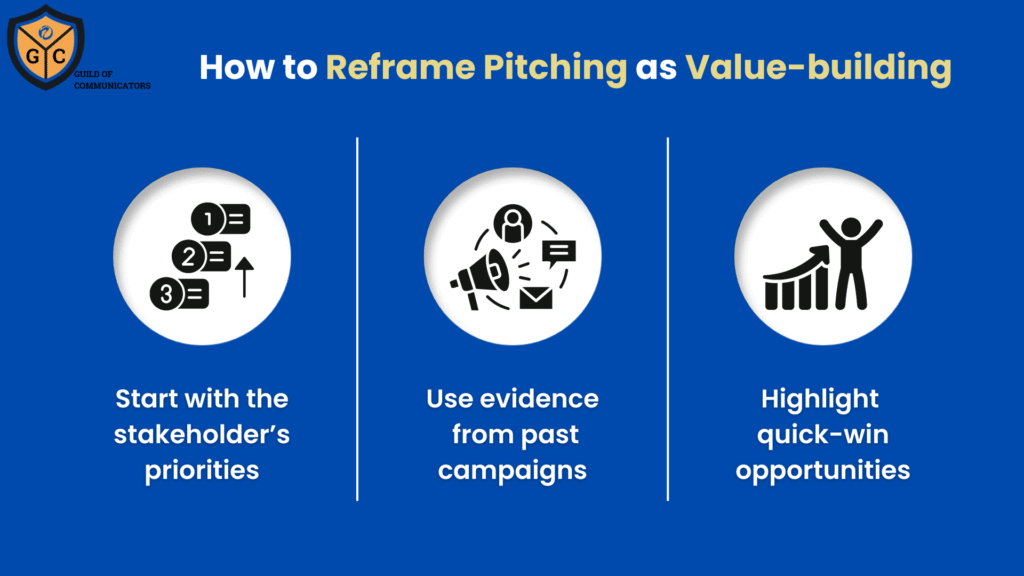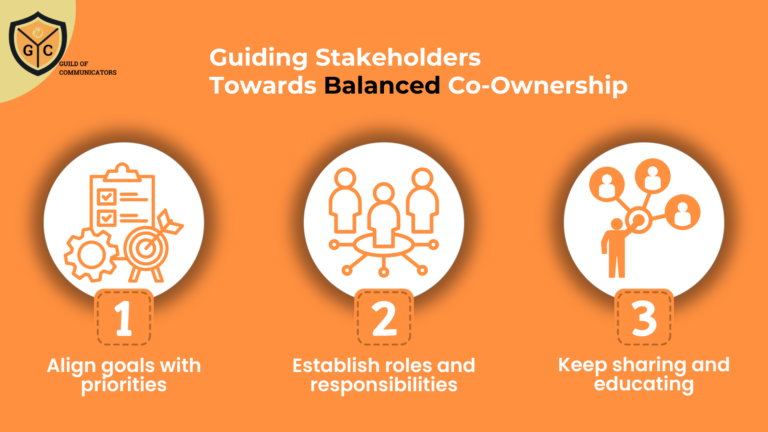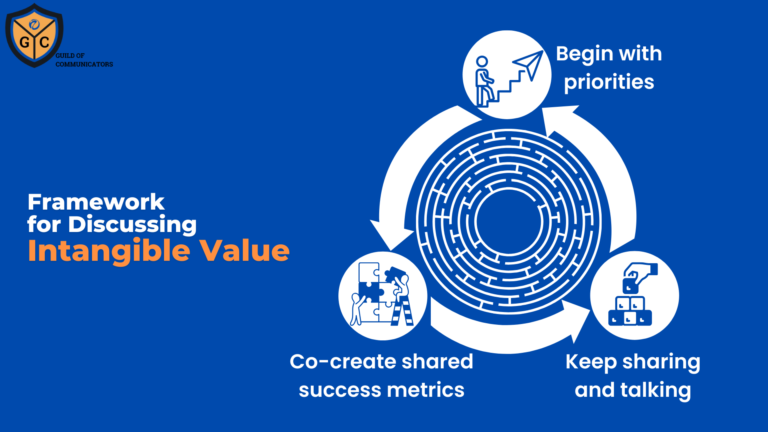As the new year approaches, many communicators will be preparing or contributing to master plans that require stakeholder approval. These plans are not just lists of activities but resource-dependent commitments that shape outcomes for the year ahead.
A recurring challenge, however, is that communicators often underestimate the process of pitching and selling-in their plans.
Instead of approaching it strategically, many see it as an administrative step or something that only resembles “sales.” This misunderstanding can weaken the credibility of the communicator and reduce the chances of securing the resources needed.
The Misconception About Pitching
One of the most common mistakes communicators make is assuming that pitching is a sales process in the traditional sense. They think of sales as pushing a product or persuading someone to buy.
Because of this, many communicators distance themselves from the idea, insisting that they are not in sales and that their role is about delivery, not persuasion. This mindset is limiting.
The truth is that pitching in communication planning is not about selling in the conventional buyer–seller dynamic. It is about ensuring your ideas, strategies, and plans are understood, valued, and resourced by stakeholders. The process is based on influence, persuasion, and negotiation.
By reframing pitching as an essential part of the communicator’s role, you begin to see it as an opportunity to strengthen trust and alignment, not just a hurdle to clear.

Why Every Communicator is in Sales
Everything a communicator does inside an organisation involves influence. Convincing management to prioritise an issue, persuading peers to provide input on campaigns, or negotiating resources across departments are all forms of “sales.”
The difference is that communicators are not selling a product; they are selling alignment, confidence, and outcomes.
This perspective helps to clarify the communicator’s true role. If you are shaping how the organisation sees its priorities, helping leadership understand risks, or ensuring departments collaborate effectively, you are selling ideas and outcomes.
Seeing your work through this lens makes pitching less of an uncomfortable activity and more of a natural extension of your role as a strategic partner.
Using Influence, Persuasion and Negotiation in Practice
Influence, persuasion, and negotiation are already part of the communicator’s daily responsibilities. Three common examples within organisations include:
- Influencing leadership on priorities – Helping senior leaders see why communication objectives must align with business outcomes and positioning the plan as integral to strategic success.
- Persuading peers to collaborate – Encouraging departments such as HR, Finance, or Product to contribute resources, data, or support that strengthens a campaign.
- Negotiating timelines with cross-functional teams – Ensuring that the expectations around delivery are realistic, achievable, and aligned with broader organisational goals.
In each of these examples, the communicator is not passively requesting support but actively guiding decisions and shaping the environment in which the communication plan will succeed.
Why Communicators Risk Being Seen as Transactional
Despite these responsibilities, communicators are often categorised in narrow ways by decision-makers.
Stakeholders may view communicators as operational staff who execute instructions rather than as strategic partners. This is not always intentional but stems from how organisations simplify and categorise roles.
When communicators focus too heavily on activities and outputs rather than outcomes, it reinforces this categorisation. The result is a perception of being transactional rather than strategic.
This bias limits the level of trust and influence a communicator can have.
Breaking away from this requires careful framing during the pitching process – showing not just what will be done, but why it matters and how it contributes to shared goals.

Pitching Your Plan as Influence, Not Transaction
Pitching and selling-in communication plans is not a sideline task but a central part of the communicator’s role. It requires influence, persuasion, and negotiation, all framed within the stakeholder’s priorities and the organisation’s goals.
To reframe pitching as a process of value-building, communicators should adopt three practical tactics:
- Start with the stakeholder’s priorities – Show explicitly how your plan connects to what matters most to the stakeholder, whether that is revenue growth, employee engagement, risk mitigation, or reputation.
- Use evidence from past campaigns – Demonstrate credibility by drawing on measured outcomes from previous work. This provides proof of capability and reduces uncertainty in the eyes of decision-makers.
- Highlight quick-win opportunities – Offer stakeholders early points of success they can expect to see. These quick wins build confidence in the plan and strengthen support for longer-term investments.
Together, these tactics move the conversation from “asking for resources” to “demonstrating value.” They position the communicator not as someone who is merely requesting approval, but as a trusted partner focused on the organisation’s success.
Communicators who understand this shift will not only secure approval for their plans but will also establish themselves as credible, strategic professionals capable of guiding outcomes, not just delivering outputs.
*****
Ready to elevate your communications career? The Guild of Communicators is your essential hub for professional growth, offering a vibrant community and best-in-class resources.
- Connect Membership: Ideal for early-career communicators seeking a supportive peer network, over 300 foundational and intermediate courses, and monthly interactive group sessions.
- Elevate Membership: For ambitious professionals, this tier includes premium frameworks, immersive live online workshops, dedicated career coaching, and mentorship with senior industry leaders.
Discover your path to impact and accelerated career growth.
Join the Guild of Communicators today at www.gocommunicators.com.
(For students: If you’re a student, undergraduate or postgraduate, explore our special student referral programme to lock in your membership fee for the second year! Drop us an email to find out more)
——-
Subscribe to join over 1500+ communicators and brands getting value every Tuesday while reading A Communicator’s Perspective, our weekly newsletter.




